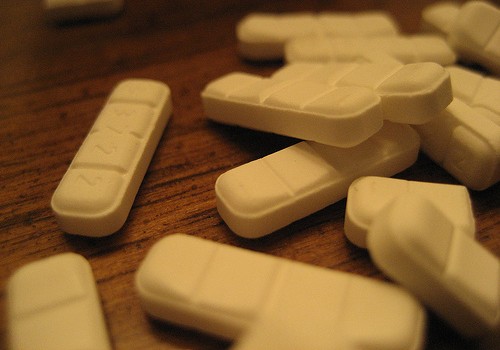
Xanax
Xanax belongs to the class benzodiazepine and is used for treating anxiety and panic disorders. It depresses the central nervous system and thereby calms the person. The inhibitory receptors present in the brain are depressed and so any abnormal excitation is suppressed. It is one of the most commonly abused drugs because of its rapid relaxing action. Xanax can cause addiction when taken for prolonged duration even when it is taken exactly in the dose prescribed by the doctor. People who abuse Xanax have difficulty in articulating their thoughts. They face cognitive problems and lose weight. The relationship with family members and close friends may become strained. Xanax abusers experience severe withdrawal symptoms when they are unable to take the medicine for some reason.
- Important notification about information and brand names used in this slideshow!
- Photo courtesy of Dean812 by Flickr : www.flickr.com/photos/deanslife/1269480139/
- www.healthline.com/health-slideshow/prescription-drug-addictions
- http://www.crchealth.com/addiction/otc-drug-abuse/
- http://www.philly.com/philly/blogs/healthcare/10-over-the-counter-medicines-abused-by-teens.html
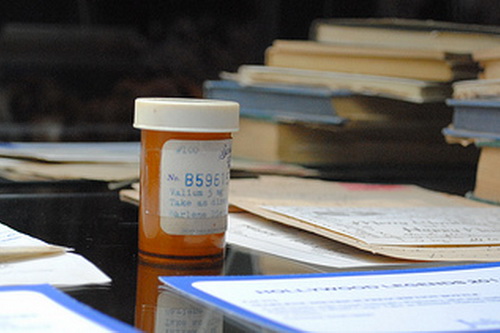
Klonopin and Valium
Both Klonopin and Valium are benzodiazepines. They are usually abused because of their sedative effect. The addicts experience a “high” similar to the one experienced upon taking alcohol. A person high on Klonopin or Valium behaves like a drunkard, talks incessantly and experiences the same relaxation as produced by alcohol. Both these medicines are extremely addictive. The patient becomes psychologically and physically addicted to them. Tolerance to these medicines develops fairly rapidly. Therefore, the patient resorts to taking more dose at a time or takes more frequent doses to experience the same amount of relaxation. Both these medicines are also called as “secondary drugs of abuse” as they are often taken to supplement the “high” produced by some other drug. They are also often abused by mixing them along with alcohol. Patients often die of fatal overdose.
- Important notification about information and brand names used in this slideshow!
- Photo courtesy of Deidre Woollard by Flickr : www.flickr.com/photos/deidrew/5662492459/

Oxycodone (Oxycontin or Percocet)
Oxycodone is an opioid drug that directly acts upon the central nervous system. It is basically a painkiller reserved for such debilitating pains as caused by end stage cancer, or conditions involving bone or neurological degeneration. Most of the people addicted to oxycodone start taking the medicine as prescribed by their doctors. However, as tolerance to the drug develops rapidly, they start taking a higher dose to get relief from their pain. This results in addiction and patients often seeking the medicine through illegal routes. An addicted person can consume a dose of oxycodone which can prove fatal for a new user. To prevent the abuse of oxycodone, the FDA sought for changes in its formulation in 2010. The form of drug now available in the market can neither be crushed nor dissolved. However, oxycodone addicts still abuse it by swallowing the pills.
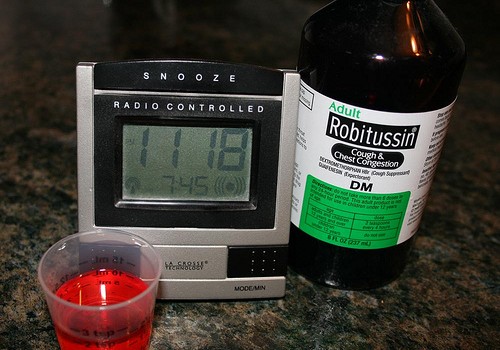
Robitussin and NyQuil (Dextromethorphan)
Dextromethorphan is the active ingredient in Robitussin and NyQuil and more than a hundred such OTC cough and cold formulations. It is one of the most commonly abused drugs with one in every ten teens having abused it to get a “high.” It is an addictive drug and people abusing it report a sense of euphoria, color distortions, sound distortions and “out of body” hallucinations which may last for up to six hours. Side effects may include blurring of vision, shallow breathing, palpitations, muscle weakness, impaired judgment, drowsiness, depression and seizures. Long term abuse can lead to damage to nerve cells and bone marrow, hypertension, damage to heart muscles and even permanent damage to the brain. Dextromethorphan can be fatal when combined with alcohol or other drugs.
- Important notification about information and brand names used in this slideshow!
- Photo courtesy of Natalie R. by Flickr : www.flickr.com/photos/theshrubberyblog/4300097163/
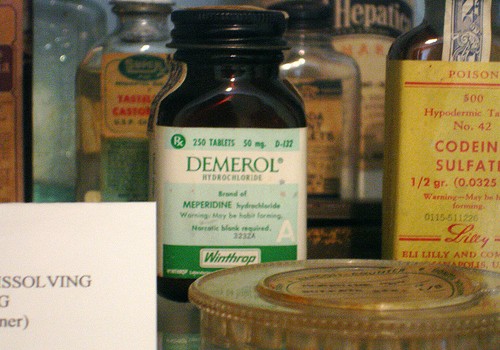
Demerol and Darvocet
Demerol contains meperidine, a drug belonging to the opioid family which is often prescribed as a painkiller. It is often given to women to combat the pin of childbirth and to treat the severe pain associated with a heart attack or cancer. It acts on the central nervous system and acts by altering the body’s threshold of bearing pain. However, it can be highly addictive. Men and women abuse it for the feeling of euphoria that it produces. However, tolerance develops early and people require larger doses to get relief from pain and experience the “high.” Darvocet, which contains dextropropoxyphene, was introduced in 1953 as an analgesic and anti-tussive. It used to build up inside the patient’s body and led to intense craving for more. Patient became tolerant to the drug even when consuming it at therapeutic dose. The drug was associated with a number of suicides and was finally withdrawn from the market in 2010 in view of the heart complications observed in the patients.
- Important notification about information and brand names used in this slideshow!
- Photo courtesy of Melissa by Flickr : www.flickr.com/photos/spin_melissa/2759258913/
- www.treatment4addiction.com/drugs/narcotics/darvocet/
- http://www.addictionhope.com/demerol
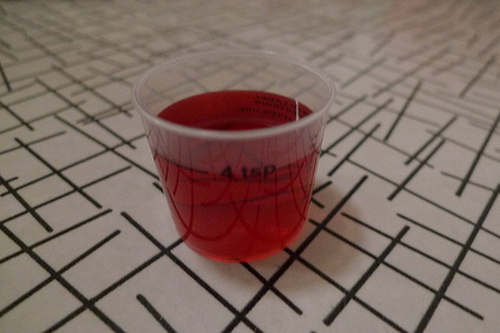
Codeine-based cough syrups
Codeine based cough syrups depress the central nervous system, produce drowsiness and can alter the level of consciousness. They used to be easily available as OTC medicines but as they were frequently abused, now they are only available as prescription medicines. But that has not done much to prevent them from being abused. Codeine containing cough syrups form the base of a concoction called as “purple drank” or “sizzurp.” These syrups are combined with promethazine, a medicine used for treating allergic conditions like a runny nose, sneezing and itching. Soft fizzy drinks like 7 Up, Mountain Dew, Sprite, and others are then added to this concoction. The resultant Purple Drank is used for getting a high. However, both codeine and promethazine depress the central nervous system and when used as a combination, they can often produce fatal results.
- Important notification about information and brand names used in this slideshow!
- Photo courtesy of watashiwani by Flickr : www.flickr.com/photos/yukochatulapoly/5021872492/
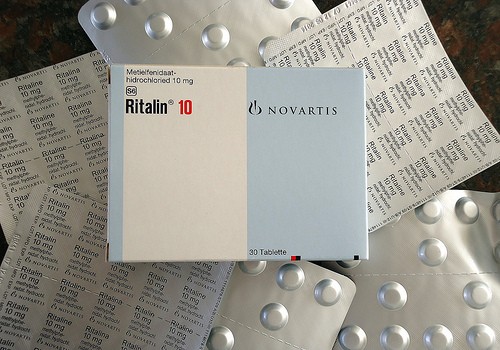
Ritalin and other ADHD drugs
Ritalin and other ADHD drugs contain amphetamines and act on the central nervous system by increasing the level of dopamine in the brain. Dopamine is a neurotransmitter which increases the attention span of a person. These drugs are commonly abused because of their easy availability. The number of times Ritalin was prescribed way back in 2005 was 29 million times. Since, then its prescription rate has only increased. These drugs are abused by either swallowing the pills or through the injection route or by snorting. They produce decreased appetite, increased heart rate and sleeplessness. Even when abused in small quantities, they may produce hallucinations and psychotic behavior. The pills, apart from containing the active chemical compound, also contain fillers. These fillers may block small blood vessels and produce considerable harm to the eyes and the lungs.

Over-the-Counter drug addiction
Over the counter drug abuse as defined as any use of a medicine that is available over the counter, for a use that does not match with the stated use of the medicine. Over the counter medicines are generally abused when a patient tries to self-medicate himself or the medicine is used for a recreational purpose. These medicines are easily abused because of their ready availability. One does not require a doctor’s prescription to buy them. They can be purchased legally in pharmacies, convenience stores and grocery stores present in every nook and corner of the country. People generally consume them to get a high without realizing that they can be highly addictive and can produce serious damage to the body.
- Important notification about information and brand names used in this slideshow!
- Photo courtesy of Lisa Roe by Flickr : www.flickr.com/photos/leasepics/2217694029/

Treatment for OTC drug addiction
Treatment for over the counter drug addiction depends up on various factors including the nature of drug that is being abused, the age of the abuser, the duration for which the drug has been abused and the side effects that the drug has produced on the consumer’s body. If the symptoms of drug addiction are mild, treatment is generally carried out at home of the patient. However, it may also be done on an out- patient or partial hospitalization basis. The treatment can be individualized or in the form of group therapy. It can even involve the family of the addict. The patient may be given cognitive behavioral therapy (CBT) or dialectical behavioral therapy (DBT). The patient is also provided with relapse prevention instructions.
- Important notification about information and brand names used in this slideshow!
- Photo courtesy of E Weber by Flickr : www.flickr.com/photos/sacredheartrehab/6153321315/

Coping and helping loved ones with addiction
It can be very disheartening to know that someone close to you has become a drug abuser. But remember that this can happen to anybody. It is important to recognize the early signs and symptoms of drug abuse and to seek help at the earliest. There are times when having a direct talk with your loved one may help him come out of the habit of drug abuse. But if the problem has been long standing and the person has become addicted to it, the patient may require counseling and rehabilitation. People who abuse drugs often live in self-denial and may not understand the damage they are doing to themselves. Intervention, involving family members and close friends, may provide an opportunity to the patient to make changes before things go completely out of hand.


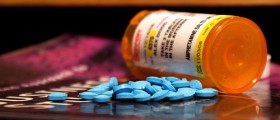

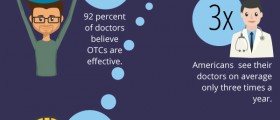




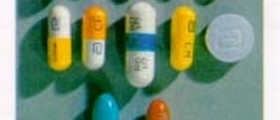
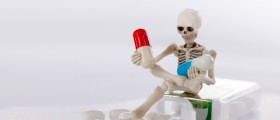







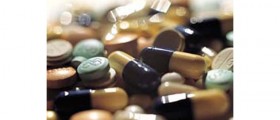
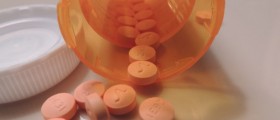
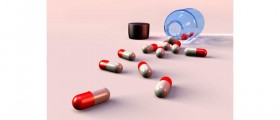

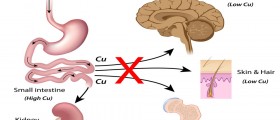
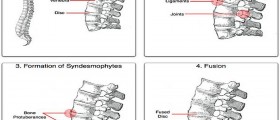



Your thoughts on this
Loading...